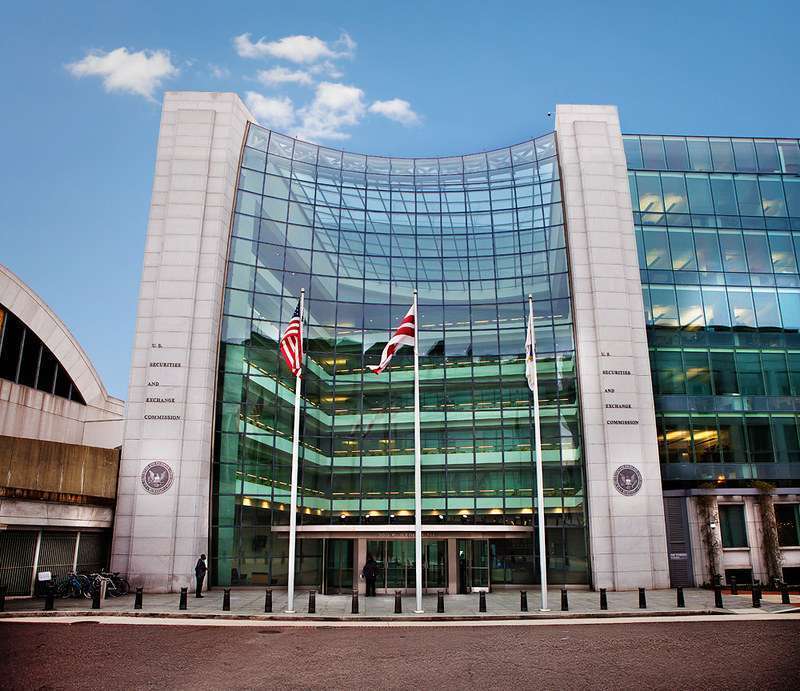Data points to a Bitcoin bottom, but a calculation warns of a recent fall to $ 14K
“When will it end?” is the question that comes to mind for investors who have endured the current cryptocurrency winter and witnessed the demise of several protocols and investment funds in recent months.
This week, Bitcoin (BTC) will once again test resistance at its 200-week moving average, and the real challenge is whether it can push itself higher in the face of more headwinds or whether the price will trend back to the area it has been. caught in since early June.
According to the latest newsletter from the market intelligence company Glassnode, “duration” is the main difference between the current bear market and previous cycles, and many calculations on the chain are now comparable to these historical downturns.
A calculation that has proven to be a reliable indicator at the bottom of the bear market is the realized price, which is the value of all Bitcoin at the price they were bought divided by the number of BTCs in circulation.

As shown in the chart above, with the exception of the flash crash in March 2020, Bitcoin has traded below its realized price for an extended period during bear markets.
Glassnode said,
“The average time spent below the realized price is 197 days, compared to today’s market with only 35 days on the clock.”
This suggests that the current demands for an end to the crypto winter are premature because historical data suggest that the market still has several months of sideways price actions to go before the next major uptrend.
Will the bottom be closer to $ 14,000?
In terms of what traders should be looking for that will mean the end of winter, the Glassnode Delta Award and the Balance Award highlighted as “on-chain pricing models that tend to attract spot prices among late bears.”

As shown in the chart above, the previous major bear market bottlenecks were set after a “short-term week down to the Delta price”, which is highlighted in green. A similar move in today’s market would suggest a BTC low close to $ 14,215.
These bearish periods also saw the BTC price trade in an accumulation range “between the balanced price (low range) and the realized price (high range),” which is where the price is currently located.
One of the classic signs that a bear market is nearing its end has been a major capitulation event that exhausted the last remaining sellers.
While some are still debating whether this has happened or not, Glassnode highlighted the activity on the chain during the fall in June to $ 17,600 as a possible sign that capitulation has actually taken place.

At the time BTC fell to $ 17,600, there was a total volume of 9.216 million BTC with an unrealized loss. Following the capitulation event on June 18, a month of consolidation and a price increase to $ 21,200, this volume has now fallen to 7.68 million BTC.
Glassnode said,
“What this suggests is that 1,539M BTC was last traded (having a cost basis) between $ 17.6k and $ 21.2k. This indicates that around 8% of the circulating offer has changed owner in this price range.”
Further evidence that capitulation had already taken place was the “staggering volume of BTC” which locked in a realized loss between May and July.

The collapse of Terra triggered a total realized loss of $ 27.77 billion, while the fall on June 18 during the 2017 cycle all-time high resulted in a total realized loss of $ 35.5 billion.
Related: Bitcoin below $ 22K looks juicy compared to gold’s market value
Is this the end of the bear market?
A recent calculation that suggests that capitulation has already taken place is the Adjusted Spent Output Profit Ratio (aSPOR), which compares the value of the output at the time it was used when it was created.

According to Glassnode, when profitability declines (as represented by the blue arrows), investors must realize large losses that ultimately lead to “one last waterfall moment of capitulation”, which is highlighted in red.
Glassnode said,
“The market eventually reaches sales fatigue, prices begin to recover, and investor pain begins to subside.”
To verify that capitulation has actually taken place and that accumulation is underway, Glassnode indicated that the aSOPR value would ideally need to return to above 1.0.
The views and opinions expressed here are solely those of the author and do not necessarily reflect the views of Cointelegraph.com. Every investment and trade involves risk, you should conduct your own research when making a decision.


